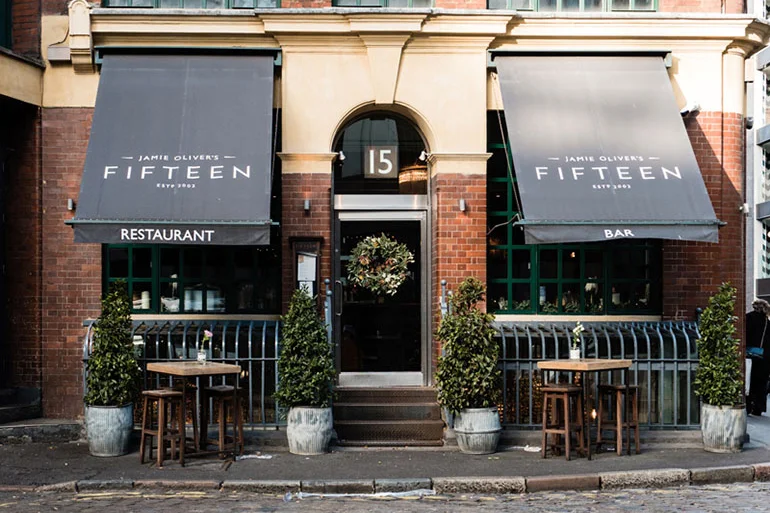The Easy Guide To Awnings
Many enjoy the visual interest an awning adds to their home or business. But how do you know which one is the right one to pick? What are the different options in awnings? Aren't there many different shapes to choose from? Where do you start? If these are the type of questions you are asking yourself, rest assured that help is at hand and read on.
Adding an awning to your home or business can be a significant visual and practical improvement. No matter if you install one above a door or window, an awning will increase energy efficiency by reducing sunlight and glare. You might even want to install one on your patio or desk to protect both you and your outdoor furniture from sun and light rain.
There are three main features you should consider in selecting the right awning. Those would be what type of awning you'd like, fabric and treatment, and the style of the awning. While that may seem like you'll need to know a lot of information, you'll find an easy breakdown of each below.


